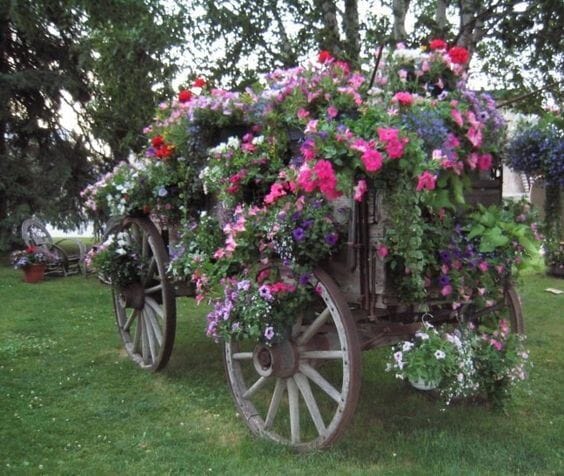Anyone who is thinking of venturing into homesteading, becoming self-sufficient by farming on a very small scale, had better be prepared. The following is a list of things, some skills, some assets, needed to start up a homesteading lifestyle.
Savings, Money
Before becoming a homesteader a person needs to be sure they can afford to do so. Not only will there be numerous things to purchase, becoming self-sufficient is not instant, and becoming truly self-sufficient is nearly impossible. You may still need money for certain things.
Many new homesteaders find it best to maintain a part-time job while homesteading, in addition to having savings in the bank. This helps bring in an income for all the things that cannot be grown or raised, on your homestead.

Time
If two people (a husband and wife for example) plan on having a homestead, both may work part-time jobs in a way that one of them can be home at all times – particularly if any livestock are being kept. Working part-time jobs will help cover the money aspect and allow for time for working on the homestead. The following activities will need regular tending depending on each situation:
- Planting
- Weeding – Note you can eat some weeds
- Watering
- Harvesting
- Feeding – animals
- Birthing (calving, lambing, etc)
- Collecting Eggs
- Cleaning Barns/Coops
- Slaughtering – Butchering
- Fence and Equipment Repair and Maintenance
- Chopping Wood (must be done before winter)
Health and Ability
A homesteader must be strong and healthy, able to do their work without relying on others. Homesteading requires a lot of physical activity and is pretty much pulled to a halt when the homesteader is unable to physically do what is needed.
Skills
The homesteader should be well versed in cooking from scratch.
A homesteader must be reliant on themselves to build things as needed, fix things as needed, and care for their animals as needed – this may mean giving medication, or helping an animal in labor.
A homesteader must be flexible, accepting that things do not always go as planned, or when planned.
Authors Note: My wife and I complimented each other well, due to immigration I was unable to work a regular job, and she had a lot of knowledge and skills with animals, so I stayed home and prepared the garden, and build enclosures for birds (ducks, chickens, pheasants) while she worked.
Homesteading Tips and Suggestions
In the first year, the garden should be started, potatoes are one of the easiest things to grow in most areas, and aside from hilling them up occasionally, and checking for potato bugs (have the kids help remove them by hand), potatoes are fairly easy to grow.
Plant some fruit trees, and raspberries. These will take a year or so to establish themselves, and particularly with the fruit trees, several years until a real production is made, as such planting them as soon as possible (in your first year) is key!
Build a chicken coop and get a few laying hens (3-8) for egg production. The hens can be slaughtered before winter or kept for the following year, however, egg-laying does decrease after the hen are two years old.
Use the rest of the first year to expand the garden, get fencing, build barns, and so forth.
Other Homesteading Tips
Network with other homesteaders in the area, that way you can share your produce with them and vice versa. You can also share tips, and advice, as well as physical labor when needed just like farmers, did years ago.
It is best if you are a non-smoker, don’t drink alcohol, and are generally a frugal person.
Authors Note: My wife and I are not good homesteaders, we both grew up in the city and became rather attached to our animals. As a result, we keep the sheep mostly to control the pasture, hens only for eggs and are almost vegetarian.
